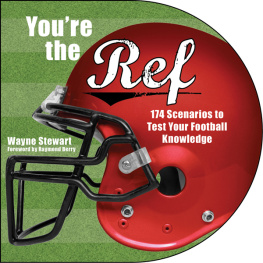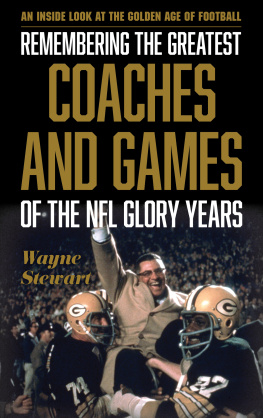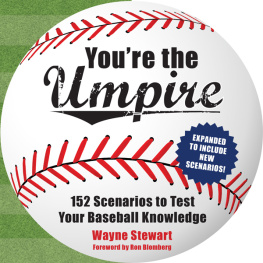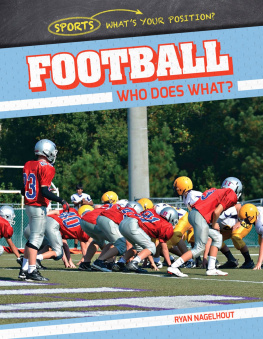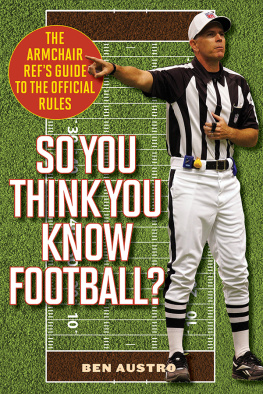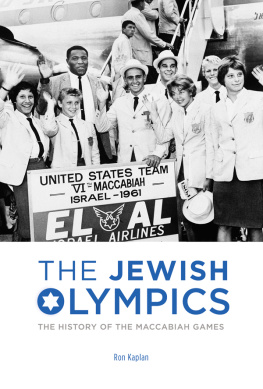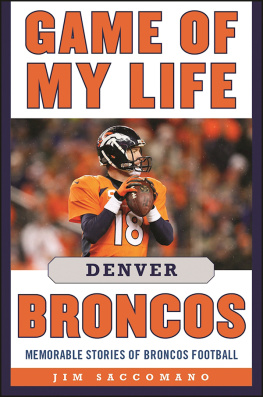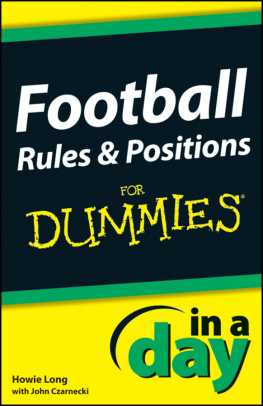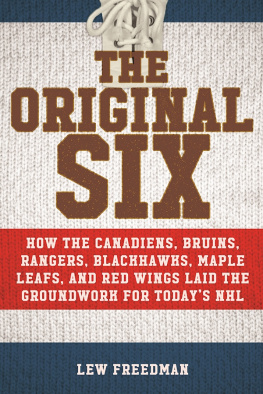Also by Wayne Stewart:
Alex Rodriguez: A Biography
Americas Cradle of Quarterbacks: Western Pennsylvanias Football Factory
Babe Ruth: A Biography
Baffling Baseball Trivia (with Dom Forker and Michael J. Pellowski)
Baseball Bafflers
Baseball Dads
Baseball Oddities
Baseball Puzzlers
The Big Book of Baseball Brainteasers (with Dom Forker and Robert Obojski)
Fathers, Sons, & Baseball
The Gigantic Book of Baseball Quotations (Editor)
Hitting Secrets of the Pros
Indians on the Game
The Little Giant Book of Basketball Facts
The Little Red Book of Baseball Wisdom (Editor)
Match Wits with Baseball Experts
Name That Ballplayer
Out-of-Left-Field Baseball Trivia (with Robert Obojski)
Pitching Secrets of the Pros
Sit & Solve Baseball Trivia (with Dom Forker)
Stan the Man: The Life and Times of Stan Musial
Youre the Basketball Ref
Youre the Umpire
Copyright 2011, 2015 by Wayne Stewart
All rights reserved. No part of this book may be reproduced in any manner without the express written consent of the publisher, except in the case of brief excerpts in critical reviews or articles. All inquiries should be addressed to Skyhorse Publishing, 307 West 36th Street, 11th Floor, New York, NY 10018.
Skyhorse Publishing books may be purchased in bulk at special discounts for sales promotion, corporate gifts, fund-raising, or educational purposes. Special editions can also be created to specifications. For details, contact the Special Sales Department, Skyhorse Publishing, 307 West 36th Street, 11th Floor, New York, NY 10018 or .
Skyhorse and Skyhorse Publishing are registered trademarks of Skyhorse Publishing, Inc., a Delaware corporation.
Visit our website at www.skyhorsepublishing.com.
10 9 8 7 6 5 4 3 2 1
Library of Congress Cataloging-in-Publication Data is available on file.
Interior photos courtesy of AP Images
Cover photo credit Thinkstock
ISBN: 978-1-63450-349-5
Ebook ISBN 978-1-63450-900-8
Printed in China
As usual, to my family: Nancy, Sean, Scott, Rachel, and Nathan.
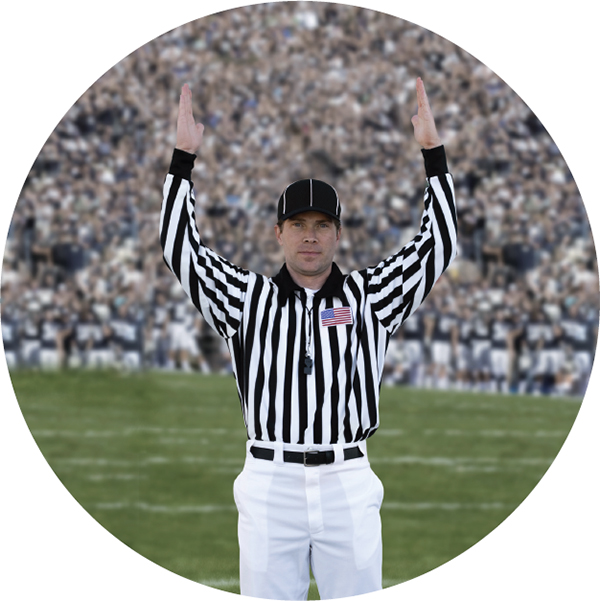
CONTENTS
FOREWORD
By Raymond Berry
I was a split end for the Baltimore Colts from 1955 through the 1967 season. I spent quite a few years as an assistant coach for professional and college teams such as the Dallas Cowboys, the University of Arkansas, the Detroit Lions, the Cleveland Browns, and the New England Patriots. I also served as the head coach of the Patriots from 1984 through 1989. I played in three NFL championship games, including the classic sudden death game we won over the New York Giants in 1958the one still called The Greatest Game Ever Playedand I coached the Patriots in the 1984 Super Bowl. Even now in retirement I stay connected to the game as a spectator.
I think, in a lot of ways, referees have an impossible job, so Ive always been sympathetic to them. My dad was a Texas high school football coach so I grew up around the game. I was on the sidelines from the time I was eight years old, and somewhere along the way I realized how difficult their job is. My dad wasnt argumentative with refs, and I took that same approach as a player and as a coach. I never tried to work the officials because, for one thing, I realized that they werent going to be perfect, that theyre going to make mistakes.
When I coached the Patriots, I made it a point to teach my players to respect the referees. You figure that in the long run theyll make mistakes for you as well as making them against you. It all balances out eventually.
Plus, they tend to be pretty tolerant about things like ejecting players from the game. They dont do that lightly. All in all, referees are quite competent.
Actually, what I get most upset about relating to NFL rules isnt with the officiating, but its with some rule changes made by the NFL, mainly the ones theyve come up with to boost offenses. Referees simply have to call what theyre told to call, and to ignore certain things. For example, the philosophy of what is considered to be holding nowadays is coming from the owners. They run the league and they set policy, so the game is going to be the way they want it.
They want to create offense. They want points put up on the board. So they turn a blind eye toward offensive linemen holding because that gives the quarterback more time to throw and gives the running backs bigger holes to run through.
I dont remember the names of too many referees, but a guy named Ron Gibbs comes to my mind as one of the best. He worked our 1958 championship game versus the New York Giants and he was so multi-talented; he even worked basketball games, including the NCAA title game in 1950.
In any case, this book will give you the opportunity to try to be a good ref, maybe a modern-day Gibbs. Your knowledge on many rules and situations that pop up in this great game will be tested. So, whether you may like a rule or not, you, as a football referee (for this books purposes, at least), will have to get ready to blow your whistle and make the calls.
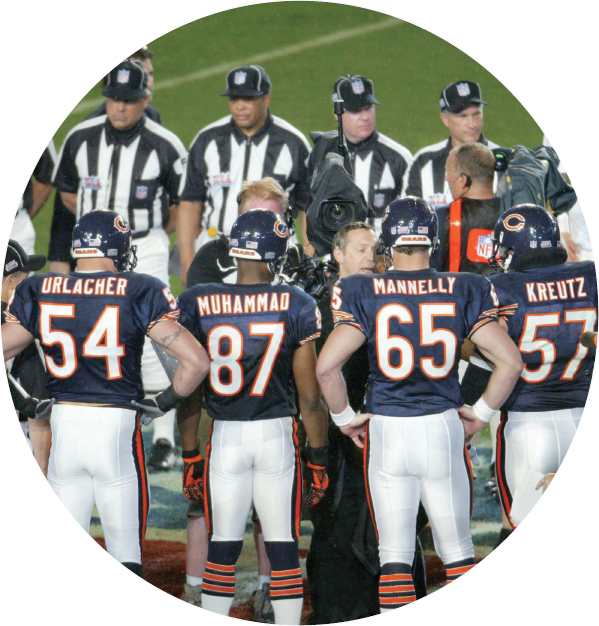
SUPER BOWL XLI
INTRODUCTION
O n September 17, 1920, the American Professional Football Association, a forerunner to the NFL, was founded in Canton, Ohio. A handful of investors met in Hays Hupmobile (automobile) showroom and each man plunked down $100, enough to purchase a team. No one could imagine the sophistication and complexity the game would eventually reachnot to mention the popularity and the profitability pro football would also attain.
For that matter, nothing about the game remained static, football has constantly been changing, and that fact is revealed vividly by taking a look at its ever-evolving rules. Compared to the Major League Baseball rule book, the NCAA and NFL rule books have an Etch A Sketch impermanence with new rules being added and old ones erased or revised frequently. In the early days of football, the rule books were as slim as a modern LED TV. By way of contrast, its now unabridged dictionarythick.
Over the years, the value of a field goal has changed from being four points, then five, back to four, and now, three points. As late as 1962 there was a rule in college football that stated a player could enter a game just once each quarter. It seems strange now; but if a player who was in the game at, say, the start of the second half left the game, he could not play again until the fourth quarter. Fortunately, over the years many such foolish rules fell by the wayside; but many, many new rules (some of which still seem confusing or odd) were written.
Some rules have come about due to unusual circumstances. Just as many a baseball park has a set of ground rules indigenous only to that venue, special rules had to be established when Chicago Stadium held football games. That facility, stated Pro Football Hall of Fame researcher Jon Kendle, was only sixty yards long from goal line to goal line. For a 1930 exhibition game held there between the Bears and the Cardinals, officials pushed the team with the ball back twenty yards after they returned each kickoff and another twenty yards after they crossed midfieldthese actions made up for the short field, requiring each team to, in effect, travel a full hundred yards worth of field. A punt that went out of the end zone meant the receiving team would take over at the fifteen-yard line; and if a punt hit a rafter, it was called a touchback, which also gave the receiving team the ball on their own fifteen.

